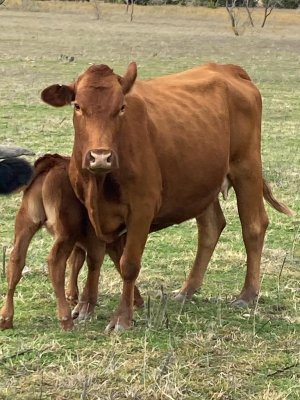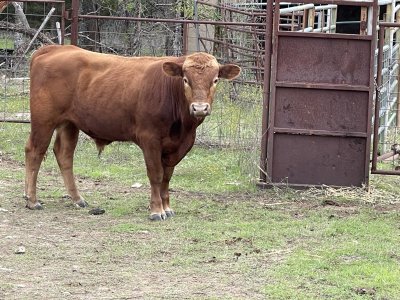rocfarm
Well-known member
Not really the point if you don't have the money. Not sorry I bought my cheaper cows and have no debt.And I go back to the actual sale numbers from Superior last week for steers out of this cross. The dollar difference in the first year would pay for buying better cows.
And for someone starting out, it's as much as a pedagogical exercise as it is an investment, so there's that angle. Think there's a thread on a guy with Belted Galloways or some such. Makes my point. Starting cheap and learning to the point you can efficiently manage the better cows without having a train wreck is probably the wisest choice in this mature business.
And if the aren't going to receive front-pasture care, less money at risk is probably better.







